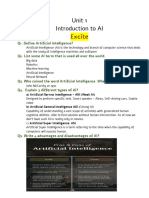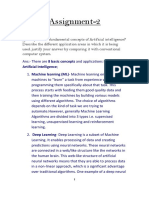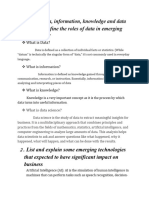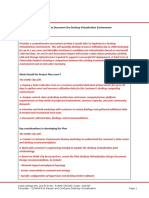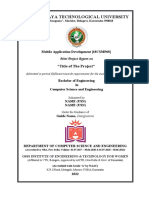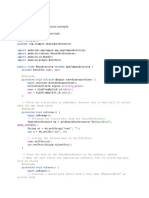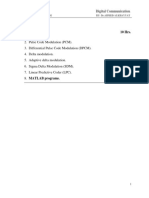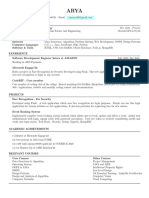0% found this document useful (0 votes)
38 views3 pagesUnit1 Reflection
The document outlines the fundamentals of Artificial Intelligence (AI), including its definition, applications, and domains such as Natural Language Processing and Computer Vision. It discusses the AI project cycle, which involves stages like problem scoping, data acquisition, and deployment, aimed at creating effective AI projects. Additionally, it highlights various real-world applications of AI in daily life, such as facial recognition, smart assistants, and medical imaging.
Uploaded by
saanvibejaiCopyright
© © All Rights Reserved
We take content rights seriously. If you suspect this is your content, claim it here.
Available Formats
Download as PDF, TXT or read online on Scribd
0% found this document useful (0 votes)
38 views3 pagesUnit1 Reflection
The document outlines the fundamentals of Artificial Intelligence (AI), including its definition, applications, and domains such as Natural Language Processing and Computer Vision. It discusses the AI project cycle, which involves stages like problem scoping, data acquisition, and deployment, aimed at creating effective AI projects. Additionally, it highlights various real-world applications of AI in daily life, such as facial recognition, smart assistants, and medical imaging.
Uploaded by
saanvibejaiCopyright
© © All Rights Reserved
We take content rights seriously. If you suspect this is your content, claim it here.
Available Formats
Download as PDF, TXT or read online on Scribd
/ 3





